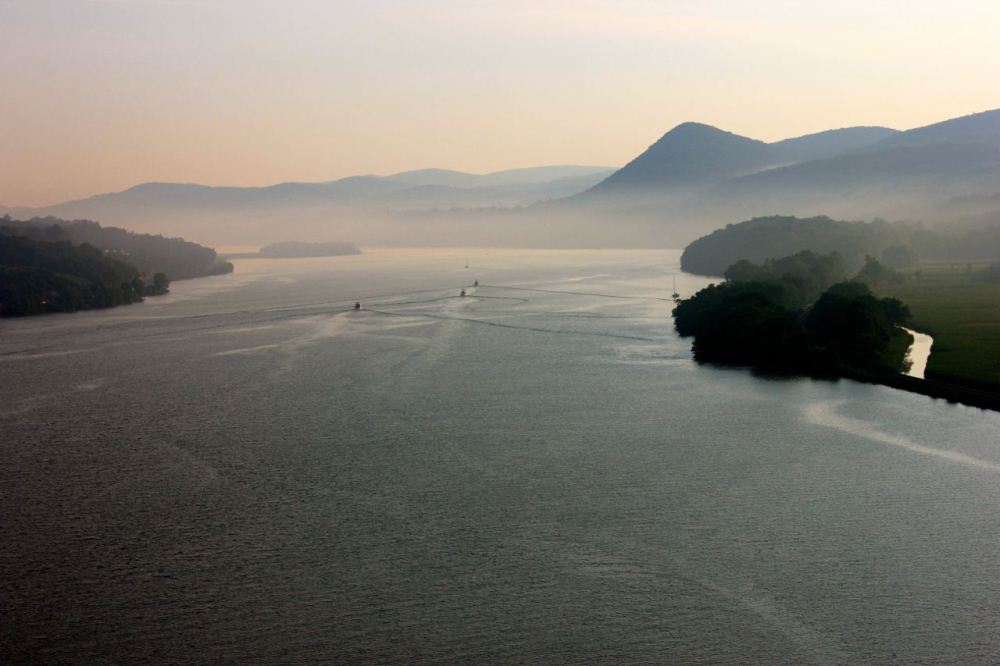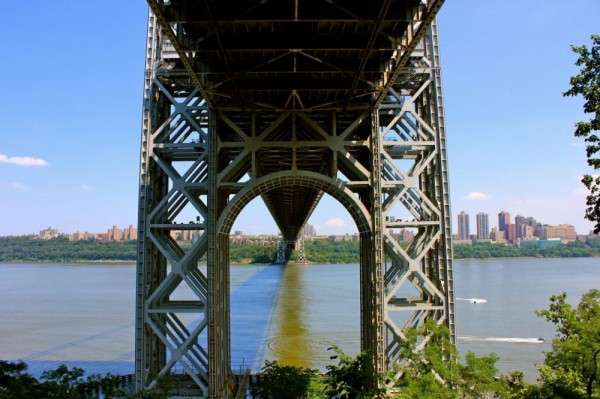- Sailing down my golden river,
Sun and water all my own,
Yet I was never alone.
Sun and water, old life givers,
I’ll have them where e’er I roam,
And I was not far from home.
Sunlight glancing on the water,
Life and death are all my own,
Yet I was never alone.
– Pete Seeger, 1971
Folks up and down the Hudson Valley are still grieving the loss of Pete Seeger, who died at the age of 94 on January 24, 2014. Considered to be one of the most influential people of the 20th century, Seeger was one of the first individuals to believe that the Hudson River could be clean again. In addition to rallying people to care about water quality in the Hudson Valley, he inspired communities across the nation to found watershed groups dedicated to their local streams.



